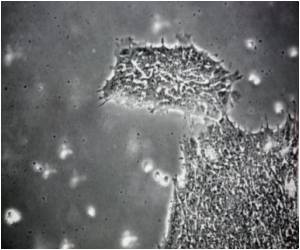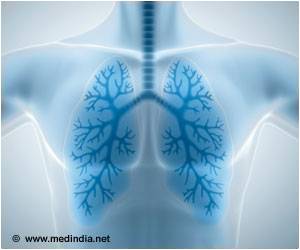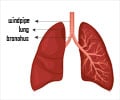A recent study published in Pediatrics reveals hospitals across the country have seen sharp declines in rates of central line-associated blood stream infections and ventilator-associated pneumonias.

"Central lines, ventilators and urinary catheters are commonly required as part of lifesaving medical care for critically ill neonates and children," said lead author Stephen Patrick M.D., MPH, MS, assistant professor of Pediatrics and Health Policy in the Division of Neonatology at Monroe Carell Jr. Children's Hospital at Vanderbilt.
"When you use devices such as these in clinical care it makes children more vulnerable to infections. Over the last several years in neonatal and pediatric intensive care units around the country, we began to pay attention to the high rates of hospital-associated infections. Complications from these infections are serious, including death and long-term neurological injury and they are also costly to the health care system. For all of these reasons, hospitals began to develop protocols to reduce hospital-associated infections. For this study, we wanted to see how effective these efforts have been nationally in reducing these infections."
The study concluded that among the hospitals there was substantial decline in some infections during the investigation period. NICUs and PICUs both saw a 61 percent decline in central line-associated bloodstream infections. NICUs also saw a 50 percent reduction in ventilator-assisted pneumonias while PICUs rates dropped by 76 percent. Rates fell among neonates of all birth weights and among children.
Rates of catheter-associated urinary tract infections did not change significantly which could be attributed to variances in how CAUTIs are defined for surveillance purposes.
The study population included 174 hospitals reporting data to the Centers for Disease Control and Prevention for more than 5 million patient days, 1.2 million central line days and 380,000 ventilator days.
Advertisement
Much of the changing tide over the years followed global calls for quality improvement efforts from concerned health organizations and systems. Nationally, a campaign called "Getting to zero" launched, while on the state level, the Tennessee Initiative for Perinatal Quality Care (TIPQC) was also implemented.
Advertisement
"This is a success story of multidisciplinary teams coming together to think, 'how do we make health care safer for America's children?' Our study shows these efforts appear to have been successful in reducing harm and saving millions of dollars for our health care system."
Source-Eurekalert









